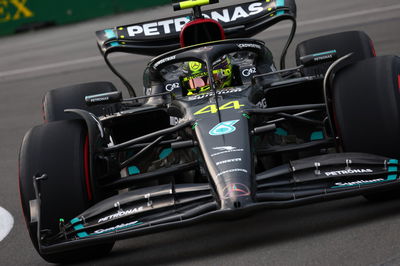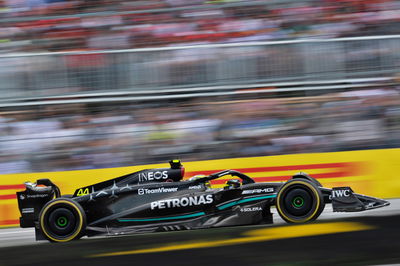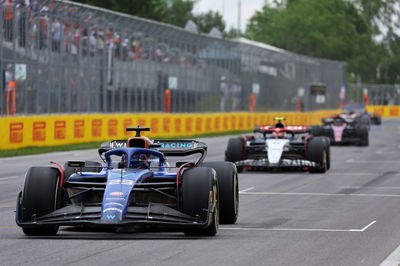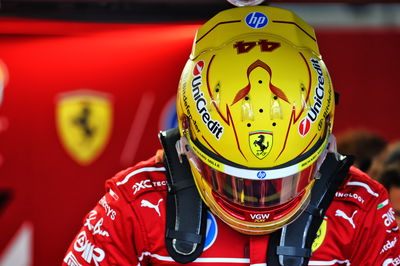Mercedes’ first revelation about 2024 W15 F1 car plans

The German manufacturer has been left buoyed by recent improvements made by a major upgrade that was first introduced at the Monaco Grand Prix, and are targeting further gains with more updates for the W14 planned.
Mercedes hope to be able to fight for “some victories” by the end of the season amid their ongoing quest to catch current runaway leaders Red Bull, who have won all eight races so far this season.
Wolff said Mercedes’ plans for a big overhaul of next year’s W15 challenger will not be impacted by the F1 cost cap.
"We have set up a huge organisation in our financial department of 46 people, that monitors the cost cap down to the last screw,” Wolff explained.
"We look at that trend of our spend during all of the year and what we've done is basically allocate resource to various projects.
"We've stayed below that line all year last year, and we're still below that line this year and that is considering a normal development switch for next year. This is still pretty much on track.
"The good thing is that we are constantly learning about what the car is doing. There are going to be some fundamental design changes for next year, but it's not that we're building stuff. It's more like what are we simulating? That is not measured in money, or teraflops or wind tunnel hours.”
Mercedes focused on rear-end improvements

After finishing third at the Canadian Grand Prix, Lewis Hamilton described the rear-end of Red Bull’s RB19 car as “insane”.
Wolff confirmed Mercedes are working on improving their traction out of low-speed corners, which has been one of the main shortcomings of the W14.
"That was the problem of the car all along since we started last year,” Wolff said. “We have a strong front but we still trailing and still not good enough and we've seen that today, particularly out of the low-speed corners with traction and stability.
"I think we can fix it, but it is aero, it is the mechanical concept - that's all intertwined, there's not one thing.”
He added: "I think we are understanding better the simulations, the time correlates with what we are seeing on track, and that's been our problem over the last one-and-a-half years.
"We are seeing good performance gains that are coming in in the tunnel, we are seeing better understanding of what the car needs in order to go fast, what the setups need to look like. So generally the steps are getting bigger now, I think we are making good inroads."












